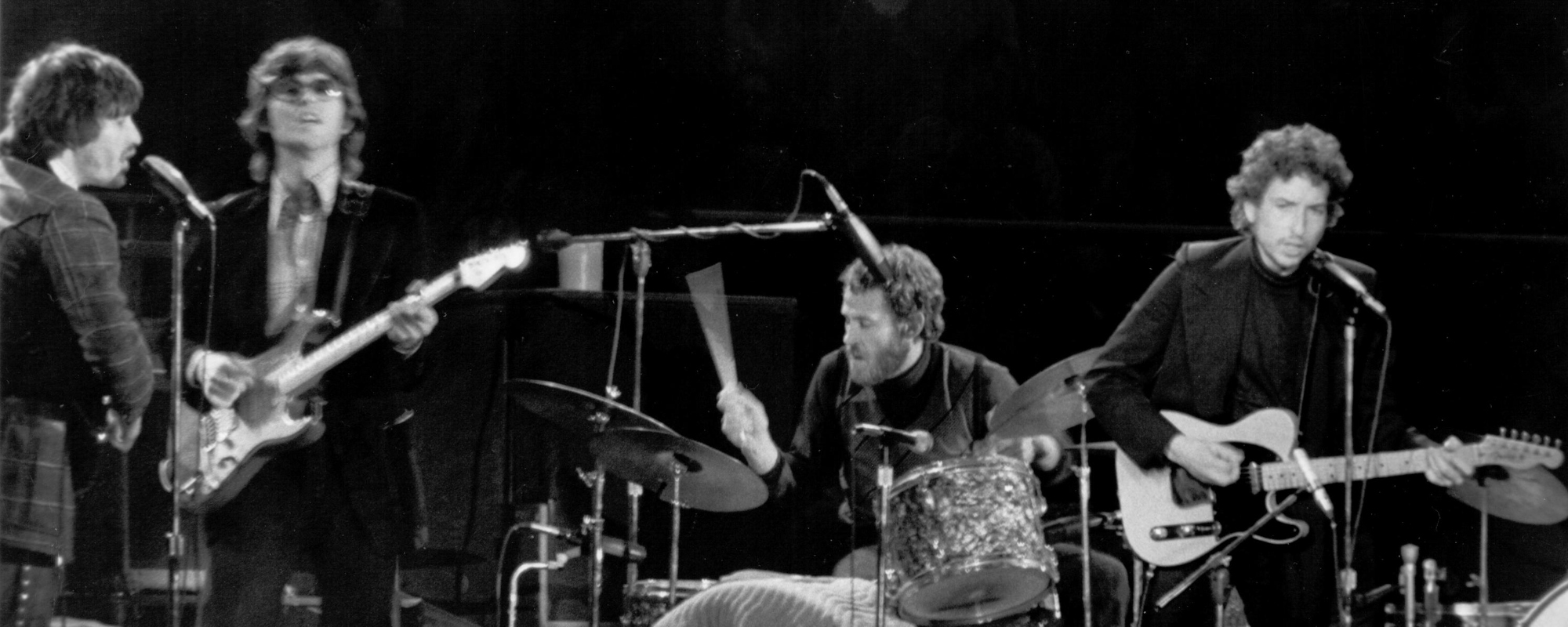Deep Purple established a reputation over their many years of existence as one of the leading lights of the heavy metal scene. Where others have fallen off that path, this band has remained stalwarts of their genre.
Videos by American Songwriter
Their first hit in the United States almost sounds like the work of a completely different band than the one we’ve come to know. Which, in a way, it was.
The Supergroup Path
Deep Purple started their career in a much different fashion than most other groups of the era. Most came up together as kids and worked their way up to a record deal. But Deep Purple was assembled by a management team. And that team already had connections in place to allow the band to jump into a contract.
One by one, the pieces fell into place. Keyboardist Jon Lord was in place pretty much from the get-go, followed by guitarist Ritchie Blackmore. The other spots were a bit more fluid. Eventually, bassist Nick Simper, drummer Ian Paice, and singer Rod Evans took their places in the band.
They took the name Deep Purple from the name of a favorite old song by Blackmore’s grandmother. After a brief tour of Scandinavia to put together a repertoire, they headed into the studio to release their first album. Because they’d only been together as a unit for a short stretch, they didn’t really have time to write new material. Covers would dominate their first album, including a somewhat unlikely choice in “Hush”.
Going South
“Hush” was written by Joe South. South often wrote for other artists in between making his own records. He handed the song off to Billie Joe Royal, which made sense. Royal had already scored big with a South original in 1965. That’s when he took “Down In The Boondocks” to the Top 10.
As was his style, Royal’s version of “Hush”, which fell just short of the US Top 40 in 1967, fell somewhere between pop and Southern soul. But Deep Purple’s instrumentalists took it in a wild new direction, in part because they didn’t have a copy of the song on hand when they recorded it. They added a bopping rhythm while Lord cut loose with psychedelic organ fills.
The band wanted to release their cover of The Beatles’ “Help” as their first single. But they were outvoted by their management. While “Hush” didn’t do much on Deep Purple’s home turf in the United Kingdom, it took off in the United States. On their very first try, they accomplished a No. 4 single.
A New Band
If you’re familiar with “Hush”, you might be wondering why it came out sounding so different from the heavy metal that the band offered for so much of their career. Well, Deep Purple couldn’t follow up on the singles success of “Hush” over either of their next two albums.
On top of that, Ritchie Blackmore, whose guitar work was starting to dominate the proceedings, wanted to start to move towards heavier material. Other British bands like Led Zeppelin and Black Sabbath were proving that there was a path to success with songs like that.
As a result, the decision was made to sack Rod Evans and Nick Simper in favor of new members Ian Gillan and Roger Glover. Deep Purple In Rock, the first album that this new outfit recorded in 1970, delivered a mighty wallop. And the radio-friendly strains of “Hush” were mostly left behind by this legendary band.
Photo by Keystone/Hulton Archive/Getty Images









Leave a Reply
Only members can comment. Become a member. Already a member? Log in.